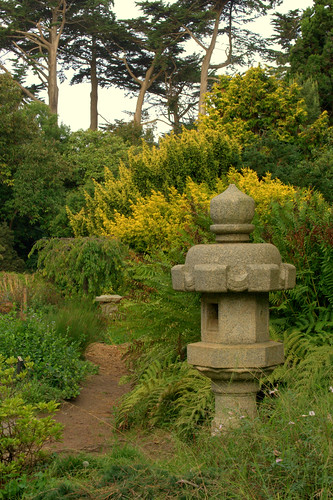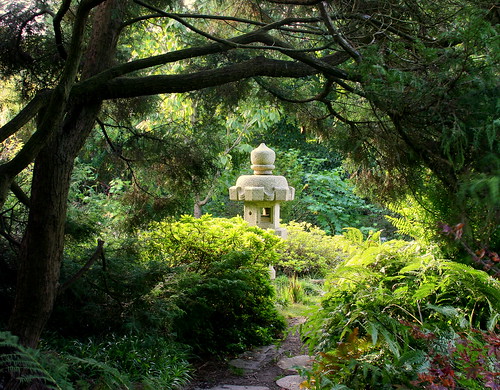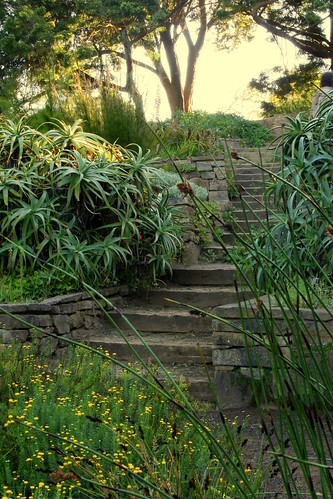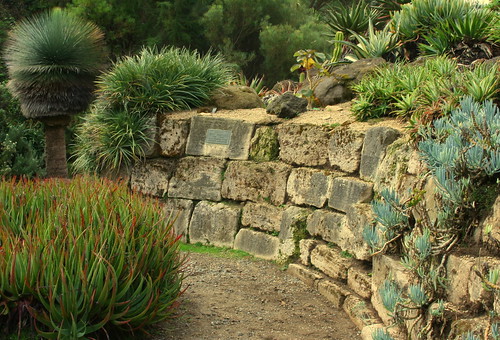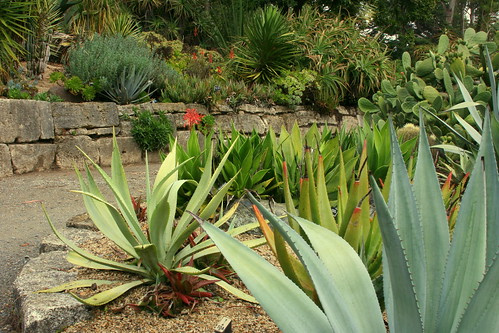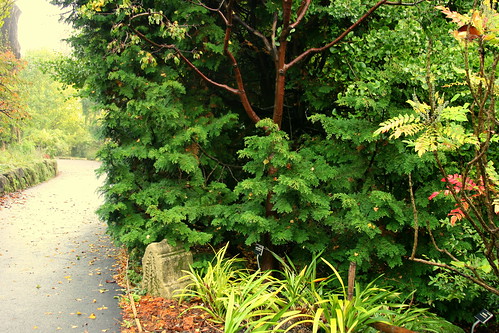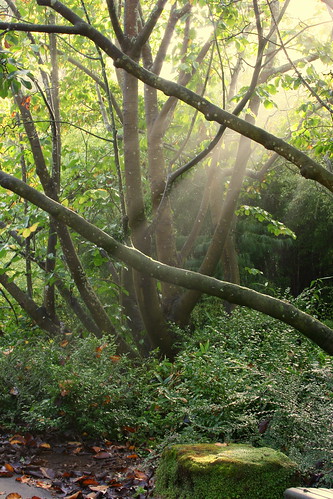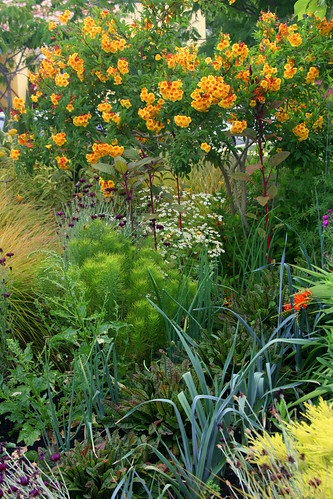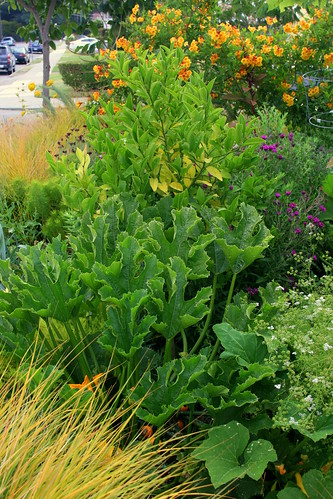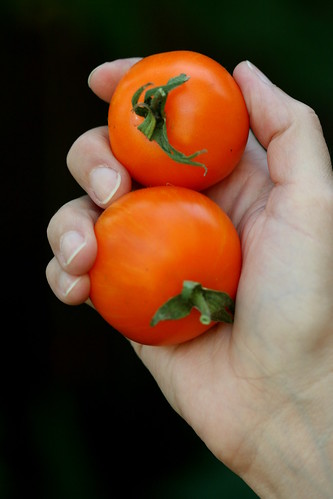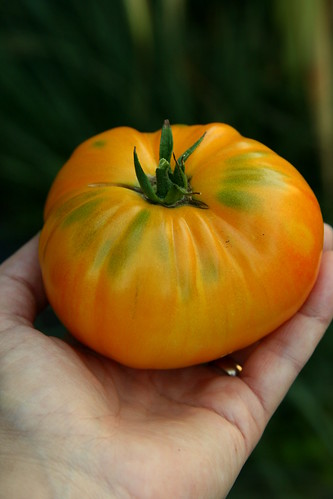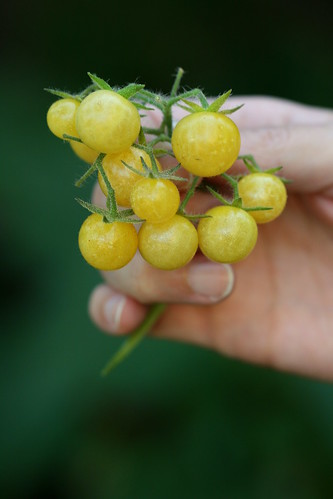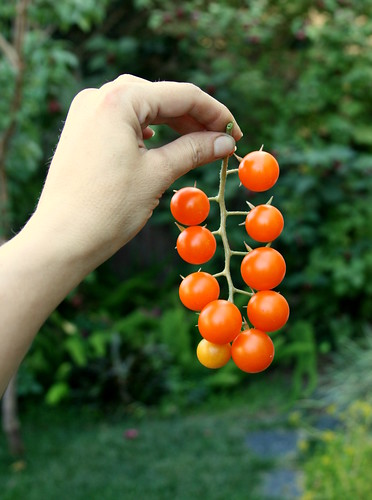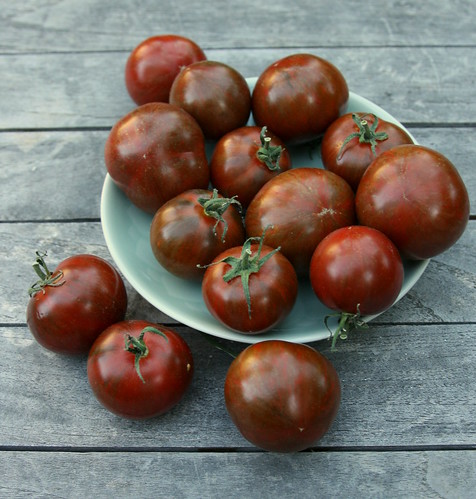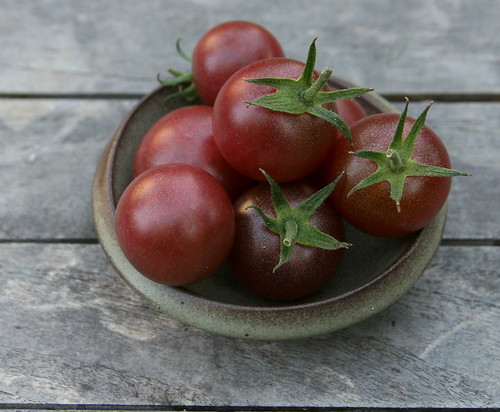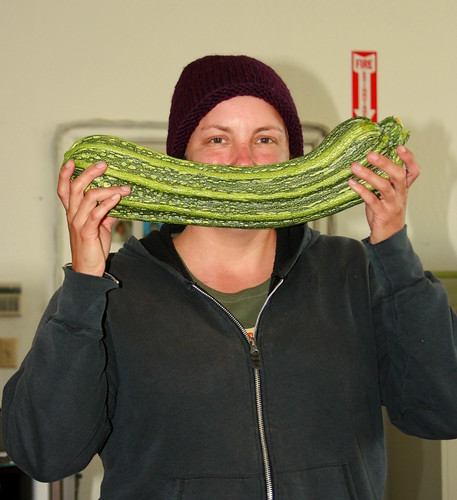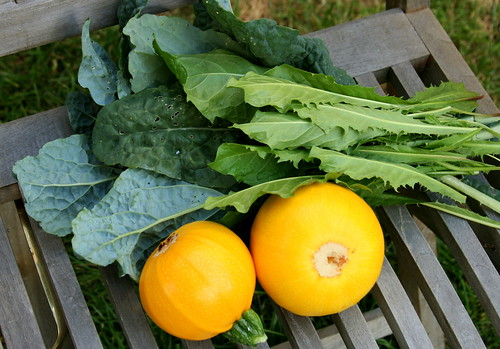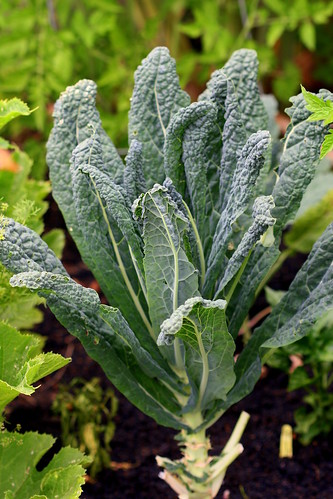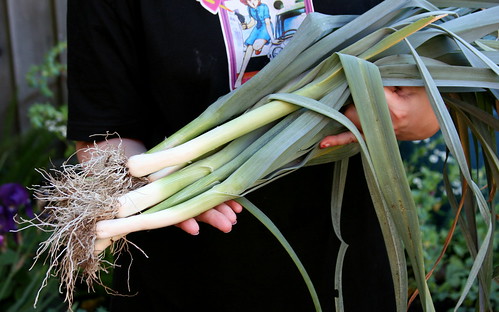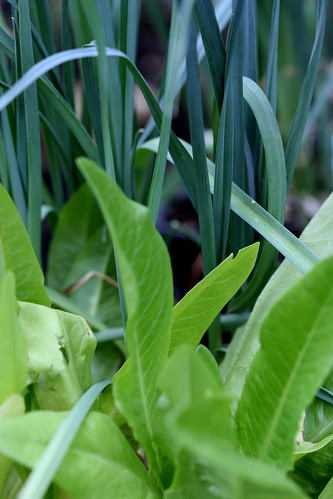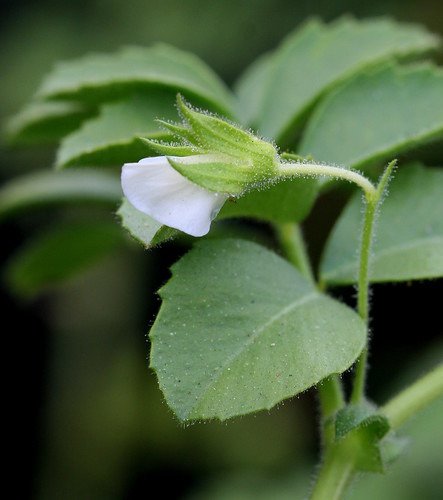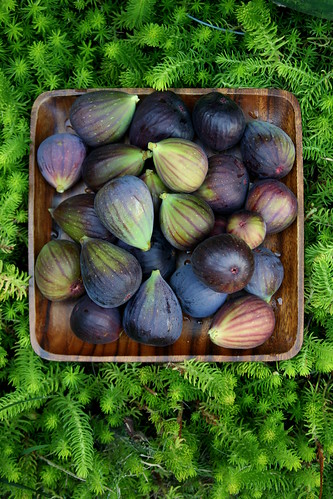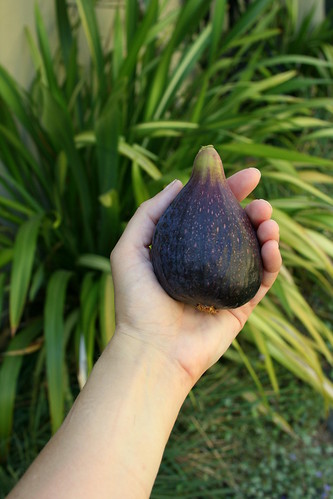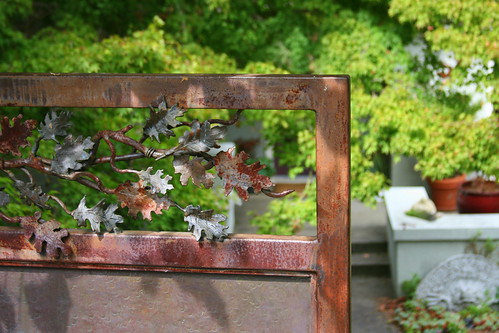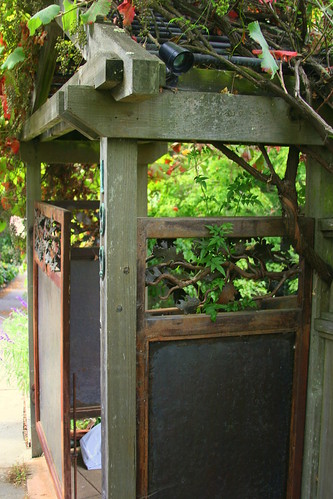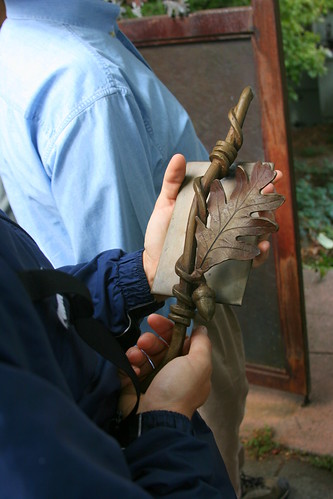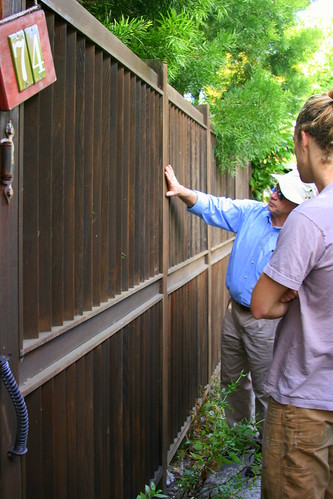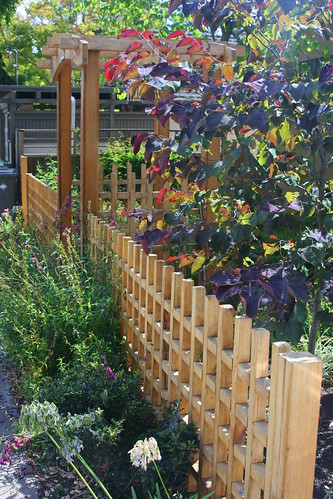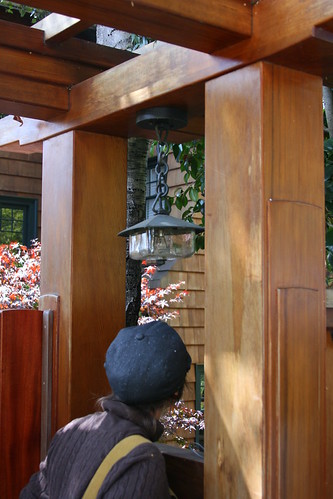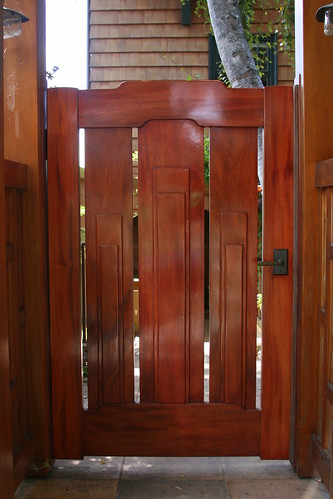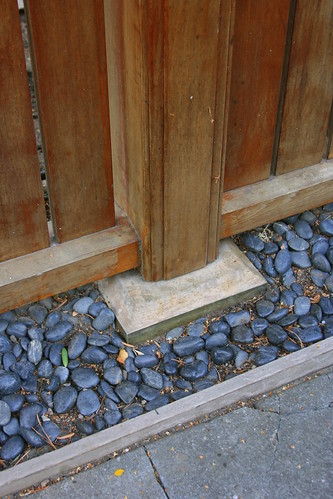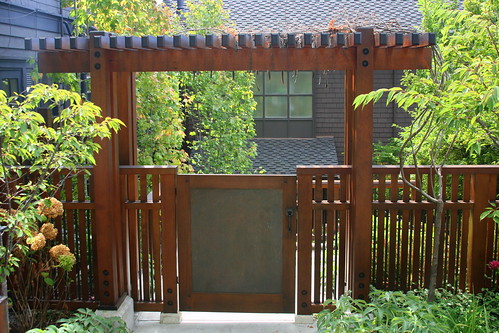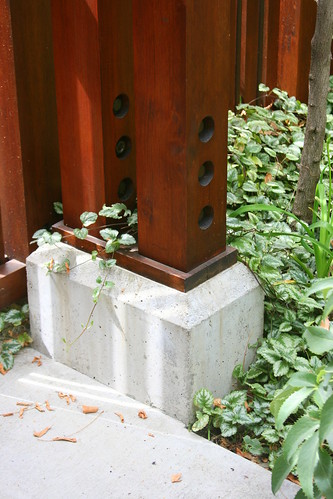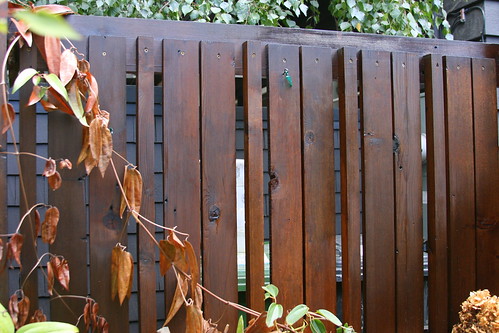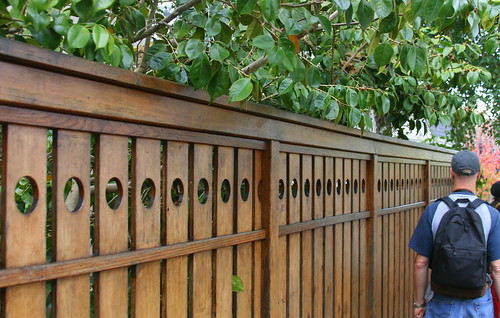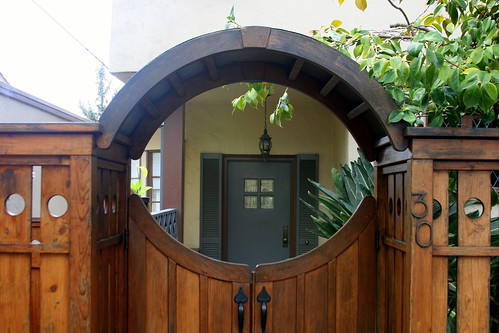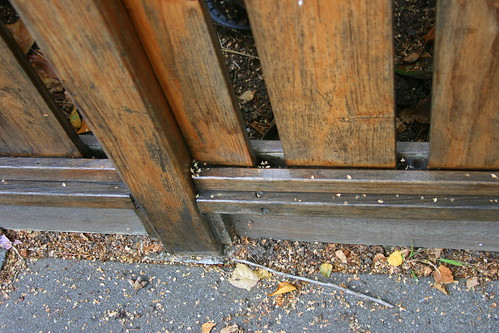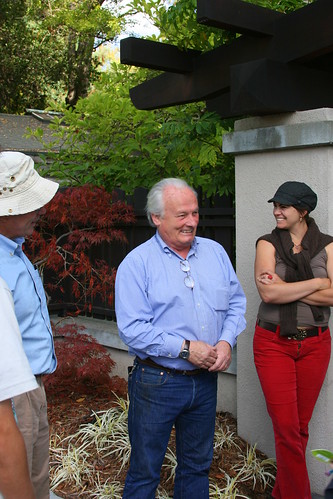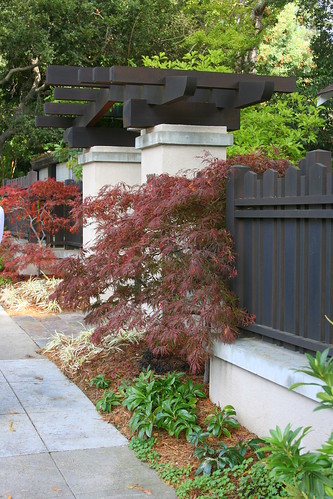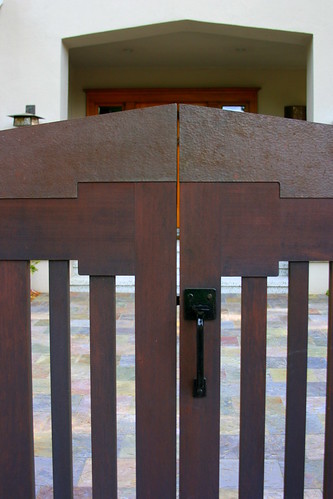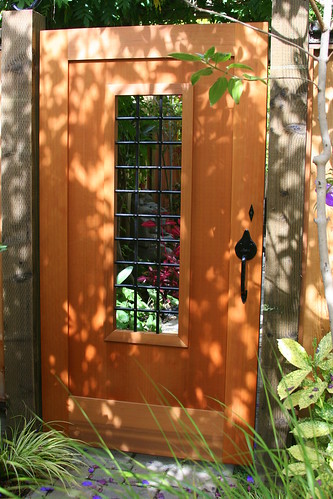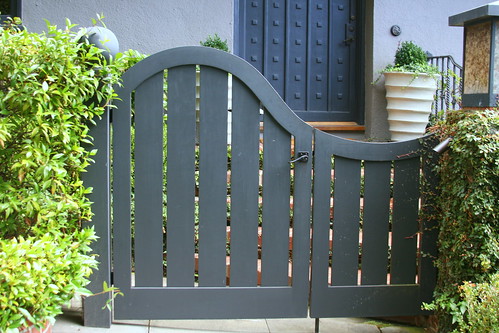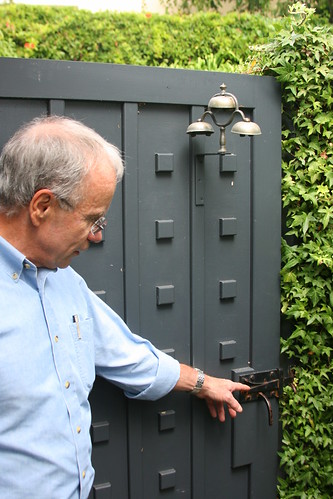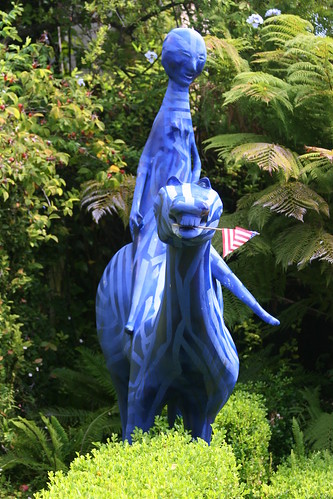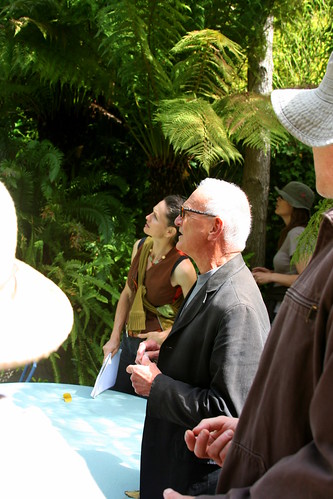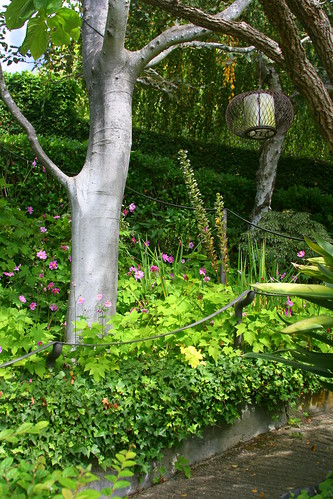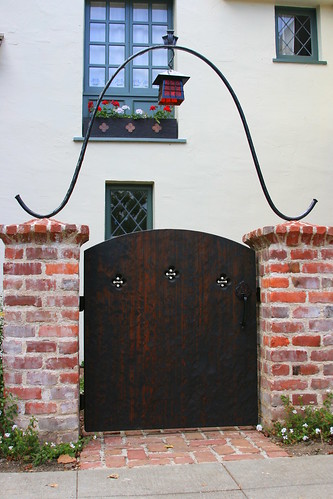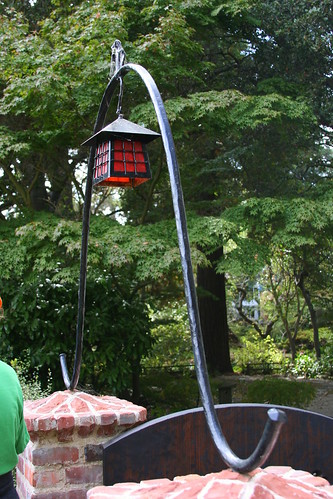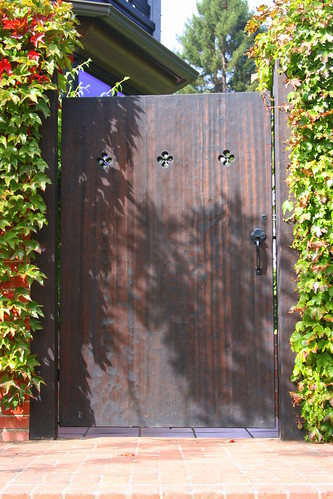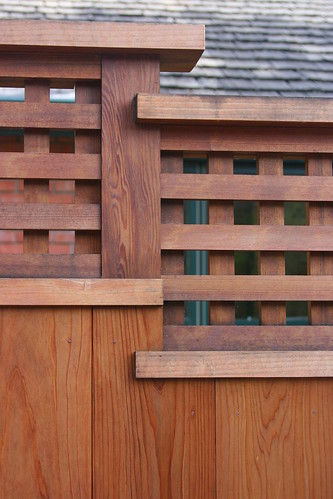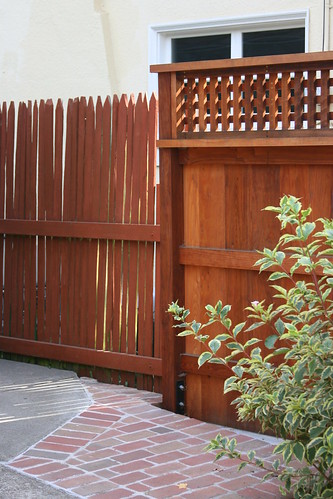For the past few years the majority of photographs I've taken have been close-ups of plants and while I've enjoyed examining the structure and uniqueness of those plants I've really been wanting to "open up" and become better at photographing the whole garden and capturing a sense of space. I've also really wanted to practice a bit more with photographing light. I usually just wait for a foggy day so I don't have to deal with those pesky harsh shadows but I was beginning to feel that technique left the photos a bit flat and lifeless. I wanted to see if I could bring sunshine into my photographs.
When I heard that Saxon Holt was giving a series of photography workshops at San Francisco Botanic Garden I thought it was too good to be true. I could actually learn from the master of garden photography himself! Sign me up!
It was a fantastic series and I learned so much more than I could have imagined. It was wonderful to hear him talk about his own photographs and see how he captured the drama, dealt with problems, framed scenes and post-edited.
Here are a few of the things I learned:
1. Slow Down. This is something I will always struggle with. I want to start photographing everything as soon as I can. But really it is best to try walking around the garden and looking at all the different angles first. Once you've got a feel for the garden then set up the shots you want.
2. Use a tripod. Period.
3. Also try many different angles to the photograph. It is possible a foot (or inch) or so to the left or right, up or down might make a huge difference. I was frequently surprised at which angle looked the best once I got the photos off the camera.
4. Fill the frame. Look for dead spots in the composition. Negative space is OK but too much of it leaves the image lacking in drama and interest.
5. Anchor the corners of the frame to keep the eye from wandering out and to give the image a sense of grounding. Bits of foliage can accomplish this quite well.
6. Identify your focal point and make sure other elements in the photograph support it. Do things in the photograph distract your eye and draw it away from the subject? For example, things with brighter light on them than the subject will often be what the viewer looks at.
7. The "60 Minutes" theory. Saxon explained the technique of the tv show "60 Minutes" and how they always frame the shot of the person so that the top of the head is out of the frame to create a more intimate feeling. The same applies to garden photography. For example, if photographing trees, leaving the tops out of the frame can make them seem closer and more part of the viewer's world, as if they viewer is in the photograph too, not just an outside observer.
8. Don't let paths wander out of the frame without a suggested destination. This can be accomplished by showing a bit of trees, light, negative space that represents the rest of the garden the path is headed towards. (This is a personal preference and a rule that can certainly be broken in some circumstances.)
9. Plants in the foreground, even if they are out of focus, can be a good thing. They often act as framing anchors and make the viewer feel to be in the photo rather than an outside observer.
10. The warming tool is definitely your friend when photographing gardens. The space can often come off as cold on film and warming up the photo can make the space seem much more inviting.
11. Have the confidence to crop aggressively. This is similar to the "60 Minutes" theory. Sometimes you realize you've got too much dead space once the image is on your computer. Use that crop tool. You can always go back if you don't like it.
It takes a lot of practice to develop a good sense of balance and weight in a photograph. And a lot of it is personal preference - how you like to see shapes arranged within a frame. (I recommend taking tons of photographs and eventually you'll develop your own feel for it.) I like to think I started the workshops with a pretty good personal sense of composition. But Saxon opened my eyes to new ways of composing and arranging space. If you enjoy photographing and would like to glean some of Saxon's vast knowledge I HIGHLY recommend the next set of workshops that will be happening in spring. Saxon is a wonderful instructor, super supportive and very forthcoming with his expertise. There are a gazillion more things I learned from him but this is a blog post, not a novel, so I must be brief!
Here are a few of my favorite photos I took during the workshops:
The first session was about focal points:
Here we worked on framing:
The 3rd session was about lines in the garden leading the eye:
The last session we worked on photographing foliage as well as putting all of our other lessons to use:
In this last photo, I really wanted to capture the light but the two trunks in the foreground, as Saxon put it "make a big x" on the photo that keep the viewer from really seeing what I was trying to capture. Sometimes all the finagling with different angles won't help and you just wish you'd packed your chainsaw. (Just kidding SFBot!)

